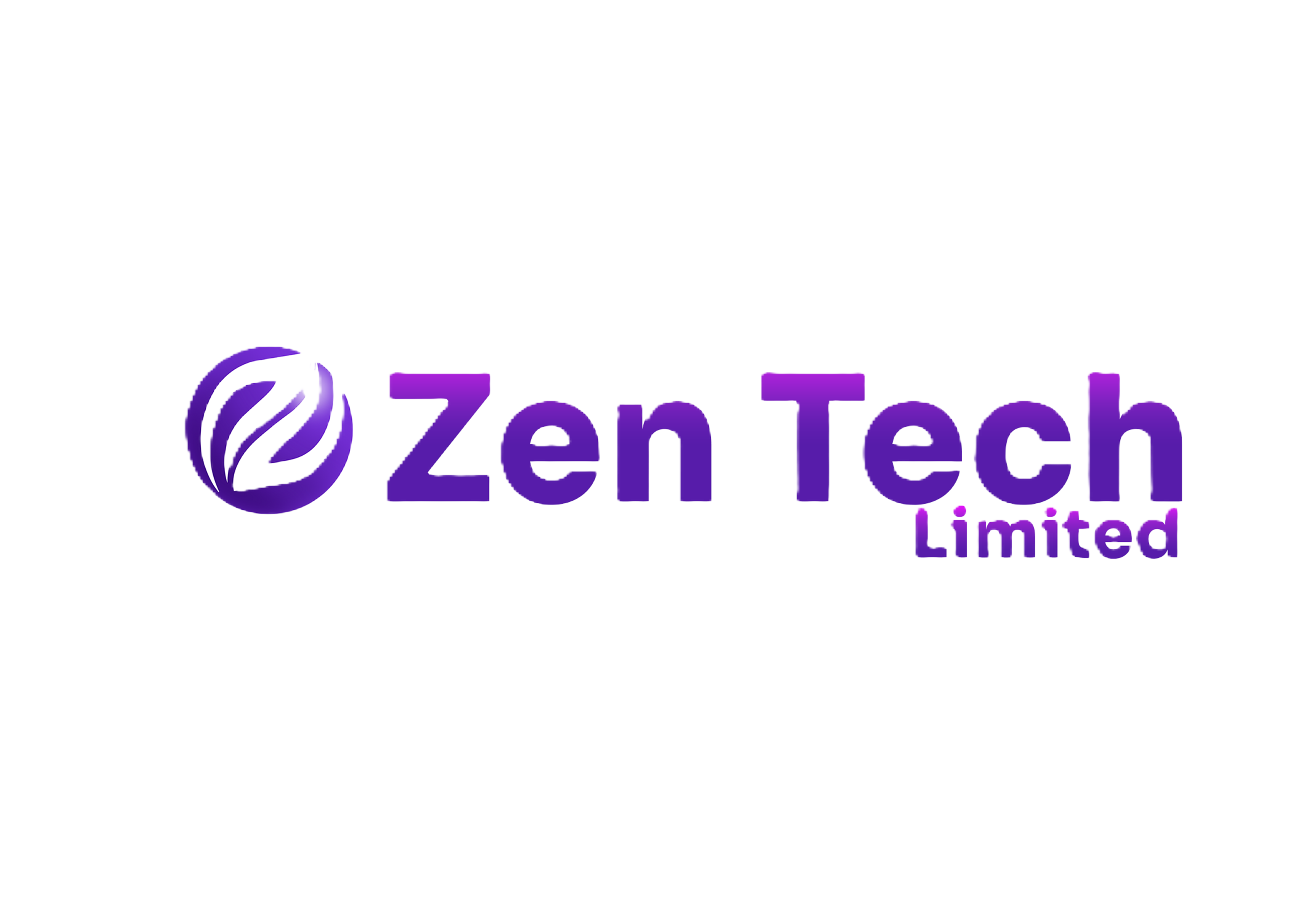Introduction
In today’s competitive digital marketing landscape, businesses need to be strategic about where their ads appear to get the best return on investment (ROI). Ad placement is not just about visibility; it’s about reaching the right audience at the right time, in the right context.
Here’s a structured approach to maximizing your ad placement for higher conversions and better ROI.
1. Understand Your Audience and Buyer Journey
Before selecting ad placements, you must deeply understand your target audience:
-
Where do they spend their time online?
-
What type of content do they engage with?
-
Are they more likely to convert through search ads, social media ads, or video content?
Mapping out the buyer’s journey helps identify the best platforms and formats to reach them at each stage.
2. Choose the Right Advertising Platforms
Different platforms cater to different audience behaviors and intent. Here’s how to strategically place ads across platforms:
A. Google Ads (Search & Display)
-
Search Ads: Best for high-intent users actively searching for products/services.
-
Display Ads: Great for brand awareness and remarketing. Target placements on high-traffic sites related to your industry.
B. Social Media Advertising
-
Facebook & Instagram Ads: Ideal for visually engaging ads, targeting users based on interests, behaviors, and demographics.
-
LinkedIn Ads: Best for B2B advertising, targeting professionals by job title, industry, and company size.
-
TikTok & Snapchat Ads: Effective for brands targeting younger demographics with short-form video content.
C. YouTube & Video Advertising
-
YouTube Pre-Roll & In-Stream Ads: Best for brand awareness, educational content, and product demonstrations.
-
Social Media Video Ads: High engagement when integrated with trending content.
D. Native Advertising & Sponsored Content
-
Platforms like Taboola and Outbrain allow you to place ads as recommended articles on news websites.
-
LinkedIn Sponsored Content works well for thought leadership and high-quality lead generation.
3. Leverage Strategic Ad Placements for Different Goals
Every advertising goal requires a different placement strategy:
A. Brand Awareness & Reach
-
Use display ads on Google and Meta’s Audience Network.
-
Sponsored content on LinkedIn and Twitter to reach professionals.
-
Video Ads on YouTube, TikTok, and Instagram Reels.
B. Lead Generation & Conversions
-
Search ads on Google with high-converting keywords.
-
Facebook Lead Ads with pre-filled forms.
-
LinkedIn InMail Ads to target decision-makers directly.
C. Retargeting & Remarketing
-
Use Facebook Pixel and Google Ads retargeting to show ads to past website visitors.
-
Retarget video viewers on YouTube with follow-up offers.
-
Email remarketing with dynamic product ads for eCommerce.
4. Optimize for Mobile & Cross-Device Placements
More than 60% of internet traffic comes from mobile devices. Ensure your ads:
-
Are optimized for mobile viewing and fast loading.
-
Use responsive design for different screen sizes.
-
Consider in-app advertising for mobile engagement.
5. A/B Testing & Performance Tracking
Continuously testing ad placements ensures you’re maximizing performance.
-
Test different ad placements (e.g., Facebook Stories vs. Feed Ads).
-
Compare audience engagement between platforms.
-
Track cost-per-click (CPC), cost-per-acquisition (CPA), and return on ad spend (ROAS).
6. Invest in AI & Automation for Smart Placements
-
Use Google’s AI-driven Smart Bidding for real-time bid adjustments.
-
Leverage Facebook’s automated placements to optimize delivery across Instagram, Messenger, and Facebook feeds.
-
Implement AI-powered tools to predict audience behavior and adjust ad targeting accordingly.
7. Align Your Budget with High-Performing Placements
Instead of spreading your budget thin, focus on placements with the highest ROI:
-
Invest more in high-converting placements based on past performance.
-
Reduce spend on low-engagement channels.
-
Use dynamic budget allocation for real-time optimization.
Final Thoughts
The right ad placement strategy can be the difference between wasted ad spend and a highly profitable campaign. By understanding your audience, leveraging the right platforms, optimizing for mobile, and continuously testing, you can maximize your ROI and scale your business effectively.
Want to refine your advertising strategy? Let’s discuss the best placements for your business growth.


